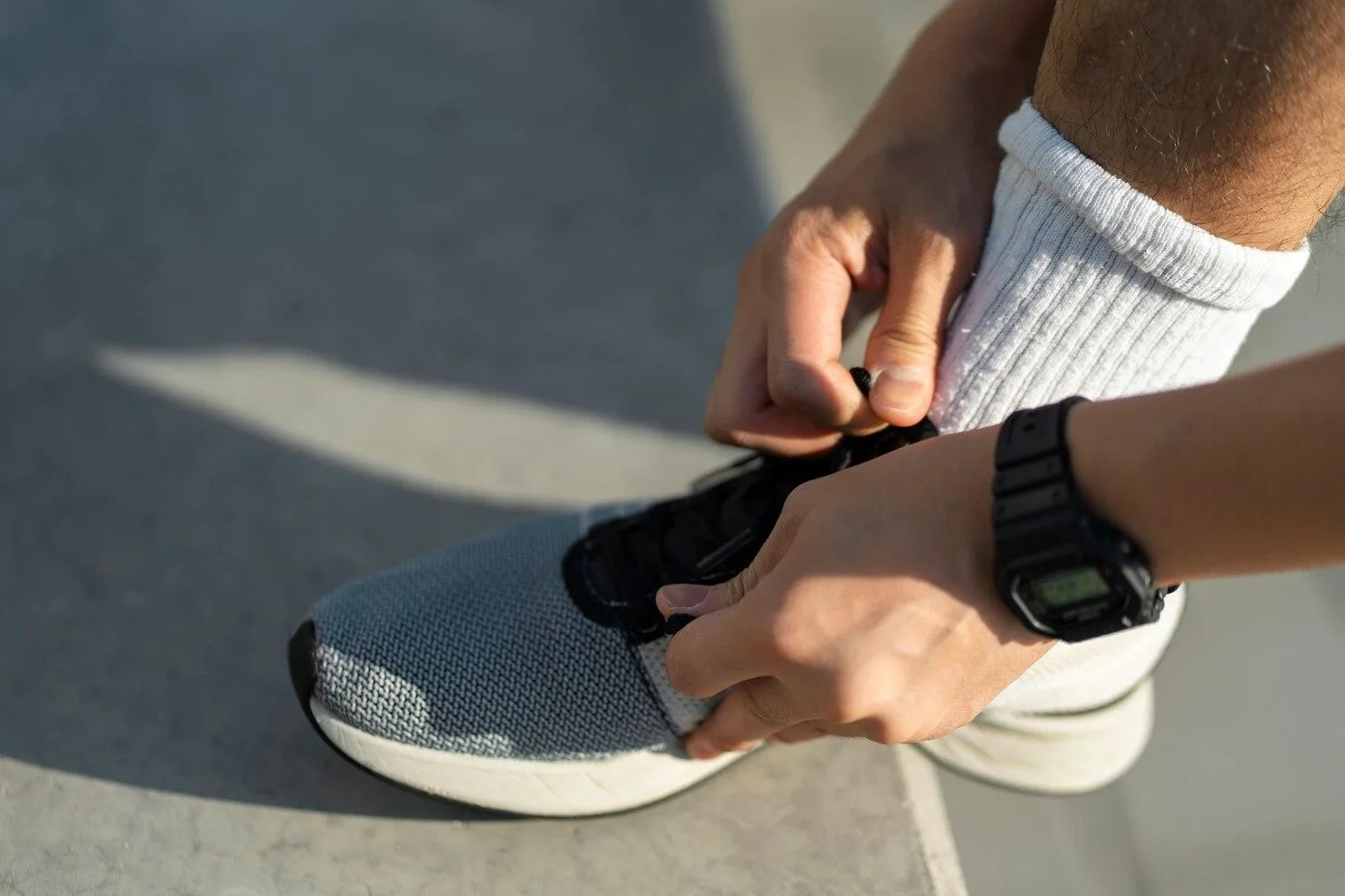The Role of Smart Shoes in Modern Athletics
In athletics, the smallest edge is what divides gold from silver. From customized diets to hyper-individualized training programs, athletes and coaches have been searching for performance peaks ever since. In recent years, perhaps the most important innovation in sports went unnoticed—smart shoes. So much more than a fashion statement or a smooth walk, these innovative sneakers are not just gaining attention. They’re constructed of sensors and connectivity that drive real-time feedback back into trainers, apps, and even AI, offering feedback that would’ve been considered science fiction a decade ago.
As wearables have evolved from wristbands to fully integrated apparel, smart shoes are now a serious tool for athletes in every sport. Their introduction signals a shift in how performance is measured, improved, and ultimately optimized.
How Smart Shoes Are Changing Sport Performance
Smart shoes are more than sneakers with a chip. They collect data like steps, distance, pressure points, and gait. Real-time data helps athletes improve movement and avoid injury. Athletes can study stride patterns and modify slightly in practice. Coaches can study the data to track fatigue and intervene before injury. And technology creators continue to innovate with wireless charging, Bluetooth syncing, and AI analysis.
One of the shocks in crossovers comes from the digital sports platforms world. Now that there is so much intricate performance data available, even armchair observers and fans are using it to inform decisions, especially where fantasy leagues or predictive analytics are part of the market game. You see this so clearly when you look at NBA betting odds being regularly tilted by up-to-date injury reports or players’ fatigue levels received through the use of smart wearables. As a result, sports analytics is no longer confined to the locker room—now it’s shaping how fans everywhere are viewing, interacting with, and even gambling on the game.
Key Features That Make Smart Shoes Stand Out
Smart shoes come packed with features, but not all are created equal. Here’s a quick breakdown of what makes certain models particularly game-changing for modern athletes:
Top Features in Smart Athletic Shoes:
| Feature | Benefit | Use Case Example |
| Pressure Sensors | Detect imbalances and overuse | Helps in adjusting the running posture |
| Real-Time Feedback | Immediate alerts and corrections | Guides form during high-intensity drills |
| Sync with Mobile Devices | Easy tracking and insights | Allows data review post-training |
These are not superficial additions to the product these athletes use—they are designed to do specific things that make a difference in competition. For distance runners, pressure sensors will inhibit repetitive strain injuries. For basketball players, tracking movement improves agility training. And for sprinters, stride analysis is the difference between first and fifth.
Smart shoes also speak to accessibility. With apps on every platform, even recreational athletes have access to technology once reserved for professionals. That access to information is creating a new generation of highly informed fitness enthusiasts.
Commercial and Competitive Implications
The growing impact of technology on sports has obfuscated the lines between traditional athletic training and digital augmentation. Nike and Under Armour aren’t just fighting on looks—they’re fighting to design the smartest shoe on the market.
And that technology isn’t limited to Europe or North America. In Southeast Asia, where mobile-first consumers dominate, there is feverish interest in wearable tech. It shouldn’t be surprising, therefore, that platforms such as the Melbet Indonesia site are altering their tactics to appeal to tech-savvy sports enthusiasts. With the popularity of sports betting and e-sports in the region booming, smart shoe data could yet be another tier of the way users research players and make forecasts.
What we’re witnessing is the gamification of performance tracking, where shoes become storytellers, narrating every move of an athlete’s journey.
Challenges and Considerations for the Future
Though the potential is great, there are obstacles to be overcome. Battery life, reliability of the data, and durability in harsh environments are major concerns. Athletes can’t afford to wear gear that fails on the race track or provides variable feedback. Privacy is also a concern. Who owns the data captured by smart shoes? Can it be shared in ways the athlete did not agree to?
Yet momentum is impossible to ignore. As sensors get smaller and materials get more flexible, those obstacles will likely be overcome. More significantly, growing interest in health-tech convergence points toward a world where intelligent shoes won’t just serve the elite athlete base—they’ll become an everyday sidekick for everyone in motion.
More Than a Gadget—A Game Changer
Smart shoes are redefining training, competition, and recovery. They are not accessories; they’re partners in every athlete’s journey—im imperceptibly collecting data, offering insights, and shaping results. As the technology matures, the line between human potential and digital enhancement will only become less distinguishable.
In a world where seconds count for everything, smart shoes are proving to be more than just a passing trend—they’re becoming must-have gear for the athletes of tomorrow.



